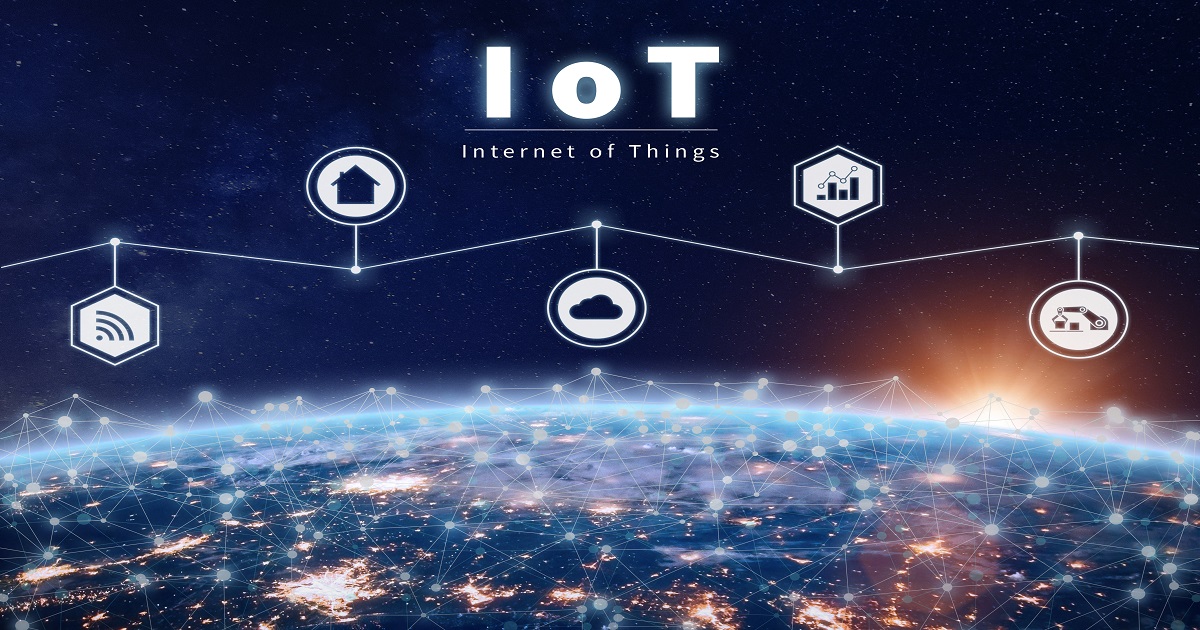
A new study published today by Wind River affirmed the company’s thesis that an Intelligent Systems approach is maturing as a predominant business model, according to interviews conducted with business leaders across major industry verticals.
“13 Characteristics of an Intelligent Systems Future” predicts that success depends on properly timing the implementation of 13 key intelligent system characteristics that support a rapidly evolving intelligent systems machine economy.
Success in a machine-driven economy will to a great extent, be defined by early results generating solid ROIs, but according to the technology leaders who participated in the study, many are concerned about skill shortages and the evolution of increasingly sophisticated cyber threats.
62% of those polled are putting into place strategies to move to an intelligent systems future, and 16% are already committed, investing, and performing strongly, according to the research available for view here: www.windriver.com/intelligent-systems.
The authors of the report estimate that the 16% who are out in front of this mega-trend could realize at least four times higher ROI than their peers who are committed but not as actively planning and implementing today.
Where the report becomes most interesting is in the “Industry Blueprints” specific to seven market sectors revealing which characteristics are most critical and the optimal timelines for investing in each. The characteristics identified as mission critical for successful strategies include setting up initial infrastructure and far edge compute capabilities with a common workflow platform spanning each intelligent system’s lifecycle.
The study affirms there is massive value creation possible at the “intersection of IoT and the edge. In addition, this potent combination has opened up new possibilities for far edge applications such as robotics, drones, telemedicine, and autonomous vehicles,” Wind River's announcement said.
“Realizing this promise requires a new approach to building systems that can compute, sense, learn, and adjust in near-latency-free real-time on the edge. Executives across the automotive, energy and utilities, medical, telecommunications, industrial manufacturing, and aerospace and defense sectors share a common belief that this future is going to require a new blueprint.”
The report surveyed technology executives across various mission-critical industries and revealed the 13 requirements of the intelligent systems world for which industry leaders must prepare. The research found that 80% of these technology leaders desire intelligent systems success within the next five years.
“In a growing machine economy driven by intelligent systems, humans and machines are on a path to a future where data will exponentially increase the volume, type, and quality of work that is possible across all industries. These new use cases will demand more complex computing workloads, data, and analytics, and often that must happen in real-time,” said Michael Gale, chief marketing officer at Wind River. “Wind River is at the forefront of helping companies address the complexities surrounding the secure development, deployment, operations, and servicing of mission-critical intelligent systems for the next generation.”
The research surfaced 13 key characteristics that are critical markers for successful, intelligent systems. It also highlighted the importance of investing the right elements at the right time, or “blueprinting.” In the case of building intelligent systems, three concepts are key: prepare the right infrastructure first, next work on foundational needs, and then address longer-term capabilities.
The 13 key characteristics are:
- Ability to simulate and emulate in near real-time
- Automated learning and machine learning functionalities
- Digital feedback loops that influence product development
- Action-based on sensory data and algorithms
- Customized device experience in the cloud
- True compute on the far edge
- Adapting tasks based on reprogramming via cloud
- Ability to predict stresses and failures
- Detection and resolution of events
- Total automation
- Near-real-time, seamless connections across multiple ecosystems
- Real-time collaborative workflow platform
- Experimenting as a learning system
The study indicates that just four of the 13 characteristics create the most possible impact: true compute on the edge, a common workflow platform, AI/ML capabilities, and ecosystems of real-time applications.
The report highlights key findings by vertical industry, providing a blueprint that isolates the key characteristics most critical to that market and pinpoints when to invest in them.
With an intelligent systems future presenting new complexities and challenges, it will require the right software infrastructure to securely capture and process real-time machine data with digital feedback from a multitude of edge systems, enabling advanced automated and autonomous scenarios. Wind River notes that it can draw from its expertise across the intelligent system landscape, from device to cloud, to help companies along their journey. Designed to address all stages of intelligent systems, Wind River recently released the latest version of Wind River Studio – a cloud-native platform for the development, deployment, operations, and servicing of mission-critical intelligent systems where security, safety, and reliability are required.
Arti Loftus is an experienced Information Technology specialist with a demonstrated history of working in the research, writing, and editing industry with many published articles under her belt.
Edited by
Luke Bellos





